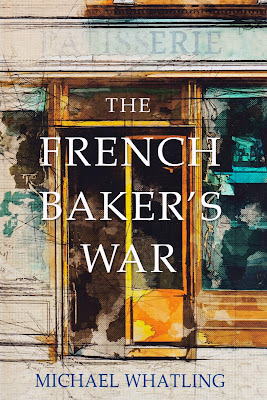Alan Alexander Milne was born on January 18th in 1882 in Kilburn, London. His father was a teacher who ran a small, independent school. Milne attended Westminster school and subsequently, Trinity College, Oxford where he obtained his MA. He grew up in the company of such fabulous writers as H. G. Wells who also worked as a teacher, and played cricket with novelist & playwright J. M. Barrie, Sir Arthur Conan-Doyle and P. G. Wodehouse. It is perhaps not so surprising to learn that Milne was a playwright before he became known for anything else.
After graduating, Milne wrote witty poems and essays for the magazine Punch, eventually being taken on as a permanent member of staff in 1906 as an assistant editor. He went on to write a total of 38 plays, published 7 novels - one of which was The Red House Mystery - along with non-fiction, poetry and his collection of works for children.
During the twenties and thirties his plays were regularly staged in the west end of London, and mostly received excellent reviews. At that time, he was one of our greatest living playwrights. He wrote his last play, Before the Flood, in 1951 and during his lifetime he also adapted some of his stage plays for screen, working with highly acclaimed actors at a the time such as Leslie Howard and C. Aubrey Smith.
I was first introduced to Milne through his poetry, which I had to learn and recite for poetry-speaking exams and competitions. Some of those stanzas have remained etched into my brain. As a seventeen-year-old, I came across the playwright Milne and found myself playing roles and learning speeches for yet more exams, competitions and local productions. I loved his dialogue, which scintillated on the pages of those scripts, not to mention the opportunity to dress up in fabulous period costumes.
But, the connection with the Milne of my childhood completely eluded me until I was working in London and had a book collecting habit that was in its infancy. About a twenty minute walk from my office was a dark and dingy second-hand bookshop. Whilst rummaging through a box of heavily foxed paperbacks I came across a 1938 Penguin edition of Milne's locked room mystery story. It was in a bit of a state, the cover was detached and some of the pages were in danger of being lost forever. But I bought it for a few pence. It was only when I read it a few months later that I realised that the man of the plays, the wit and the cracking dialogue was the same man who created the poetry.
Unfortunately, I no longer have that paperback. I'm not sure what happened to it, but the book has been replaced by a hardback in much better condition. It's not a first edition - I'd need to own a bank to get one of those - but it is on my shelves with my childhood copies of his poetry and some of his scripts.
 |
| Examples of Milne's Playscripts |
I find it quite sad that Milne's extensive body of work is now completely overshadowed by a teddy bear that you can find in just about every toyshop. And yes, I do have to admit that even I've got one. But he is a very small version and he sits in the door pocket of my car. However, when anyone ever mentions A. A. Milne to me, my thoughts always stray to the stage, his dialogue, his novels and his poetry.
I'm celebrating the life and work of other authors in earlier posts, which you might find interesting. You can also read about Willa Cather William Golding





